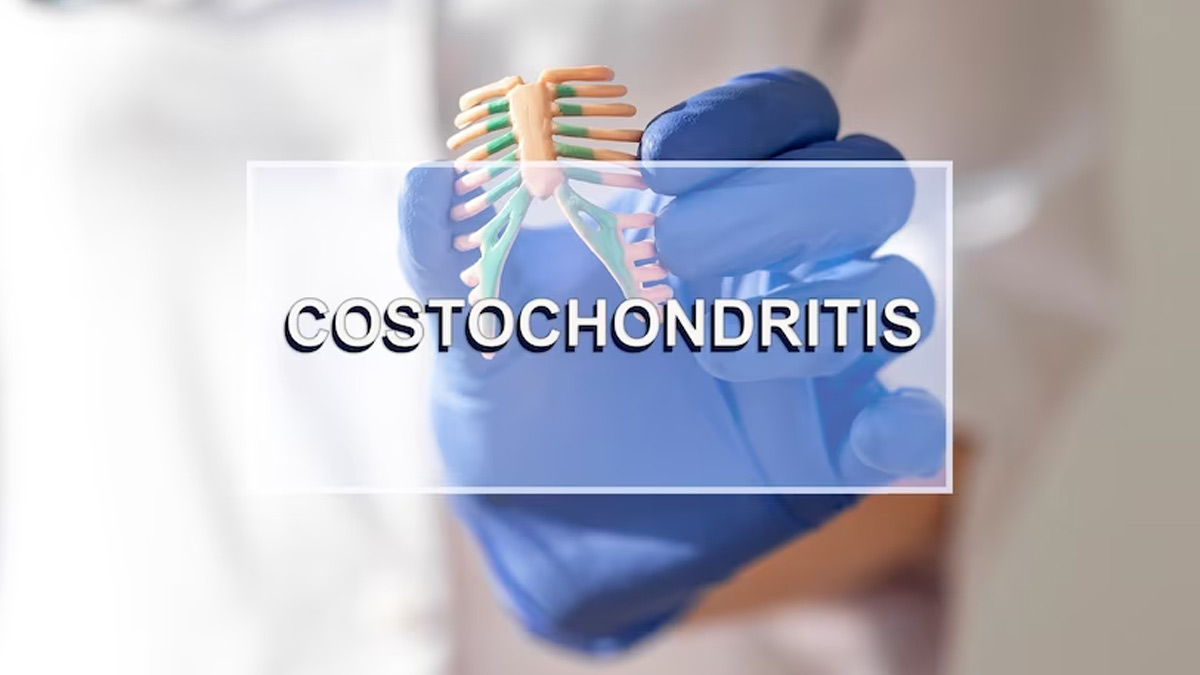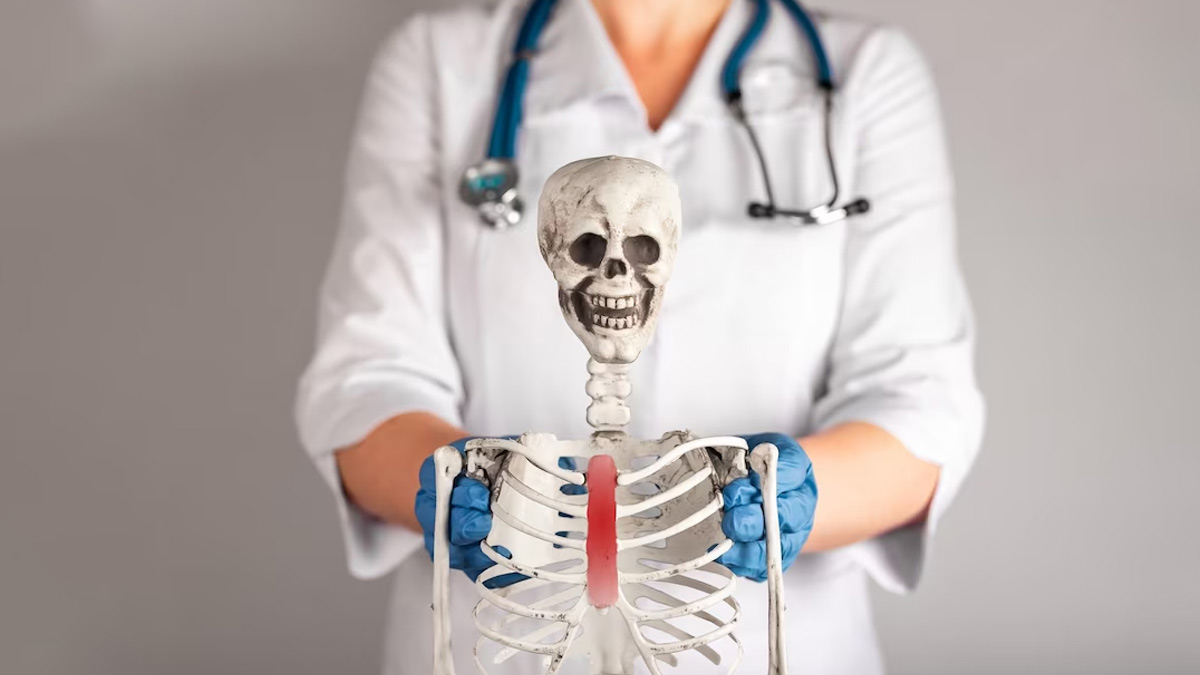
Costochondritis is a condition that might not be as well-known as some others, but it can cause significant discomfort and concern for those affected. Often mistaken for heart-related issues, costochondritis involves inflammation of the cartilage that connects the ribs to the breastbone. "Costochondritis is inflammation of the costal cartilage surrounding ribs, and reasons behind Costochondritis can be viral, bacterial, or chest infection, trauma, bronchitis, Vit D deficiency and malnutrition", said Dr Kuldeep Kumar Grover, Head of Critical Care and Pulmonology, CK Birla Hospital, Gurugram.
Table of Content:-
Costochondritis
According to the National Institute of Health, costochondritis occurs when the cartilage that connects the ribs to the breastbone becomes inflamed. This inflammation can lead to chest pain that is sharp, stabbing, and often worsens with movement or deep breathing. The exact cause of costochondritis isn't always clear, but it's believed to be related to minor trauma, repetitive strain, viral infections, or even physical strain caused by heavy lifting or strenuous exercise.
Symptoms Of Costochondritis
The symptom of costochondritis is chest pain, which is typically localised to a specific area on the chest. The pain can radiate to the back or abdomen and might mimic the symptoms of more serious conditions like heart attacks. It's important to note that while costochondritis can cause intense discomfort, it doesn't usually lead to life-threatening situations like heart-related issues do.
Also read: Bone Health During Perimenopause: 6 Health Tips Every Woman Should Follow
Diagnosis
Diagnosing costochondritis can be challenging, as the symptoms can resemble other conditions. "Diagnosing costochondritis starts with a process of elimination. When you go to your healthcare provider with chest pain, they’ll immediately test for: Heart and vascular problems, like a heart attack," Dr Grover stated.
To rule out more serious problems, doctors might perform tests such as electrocardiograms (ECGs) and chest X-rays. Once heart-related issues are ruled out, doctors often diagnose costochondritis based on the patient's symptoms and medical history.

Management and Treatment
Rest and Avoidance of Triggers
Resting and avoiding activities that worsen the pain is usually the first step in managing costochondritis. It's important to give the inflamed cartilage time to heal.
Pain Management
According to Dr Grover, anti-inflammatory medicines (NSAIDs), are available over-the-counter and can help relieve pain and inflammation. Before beginning any new drug, always consult with a healthcare practitioner.
Heat and Cold Therapy
Applying heat or cold packs to the affected area can help soothe discomfort and reduce inflammation.
Physical Therapy
In some cases, a physical therapist might recommend exercises to improve posture, strengthen muscles, and reduce strain on the affected area.

Stress Management
Stress can exacerbate pain, so practising stress-reduction techniques like deep breathing, meditation, and yoga can help manage symptoms.
Also read: What Do We Need To Know About Our Bone Health During This Pandemic
Supportive Measures
Wearing loose-fitting clothing and using pillows to prop yourself up during sleep can alleviate pressure on the chest and reduce discomfort.
Medical Intervention
In severe cases, a doctor might prescribe stronger pain medication or even local anaesthetic injections to provide relief.
Most cases of costochondritis resolve within a few weeks to a couple of months with appropriate management. However, in some instances, the pain might persist or recur intermittently. It's essential to closely follow the advice of healthcare professionals and maintain open communication about your symptoms and progress.
The symptoms of costochondritis can mimic heart-related issues, costochondritis is generally not life-threatening. By understanding the causes, recognising the symptoms, and seeking proper medical guidance, individuals affected by costochondritis can manage their discomfort effectively.
Remember, if you experience persistent or severe chest pain, it's crucial to consult a healthcare professional to ensure an accurate diagnosis and appropriate treatment.
Also watch this video
How we keep this article up to date:
We work with experts and keep a close eye on the latest in health and wellness. Whenever there is a new research or helpful information, we update our articles with accurate and useful advice.
Current Version